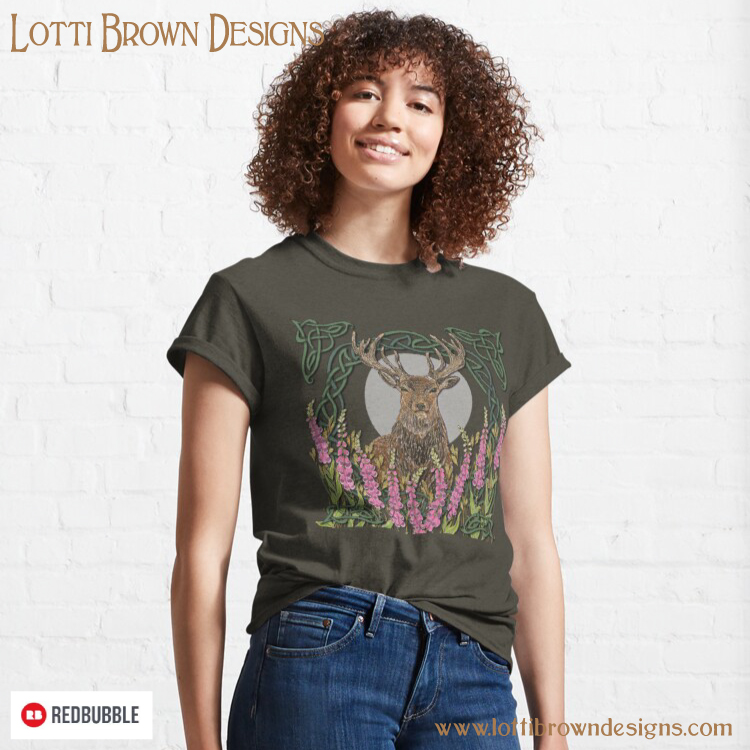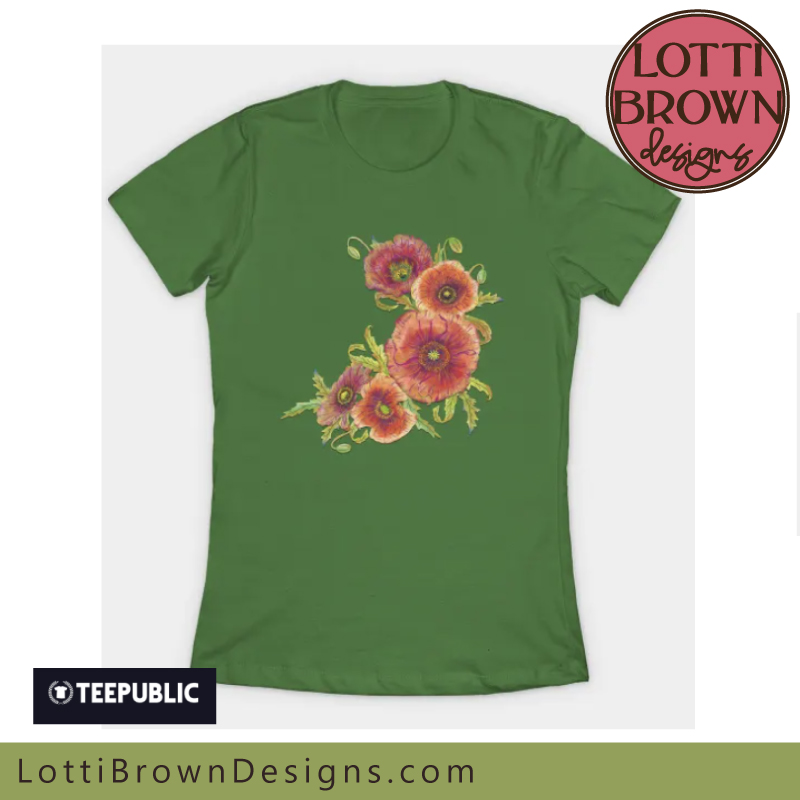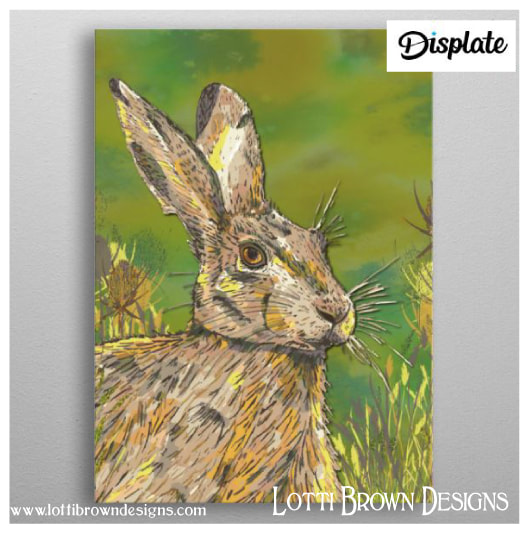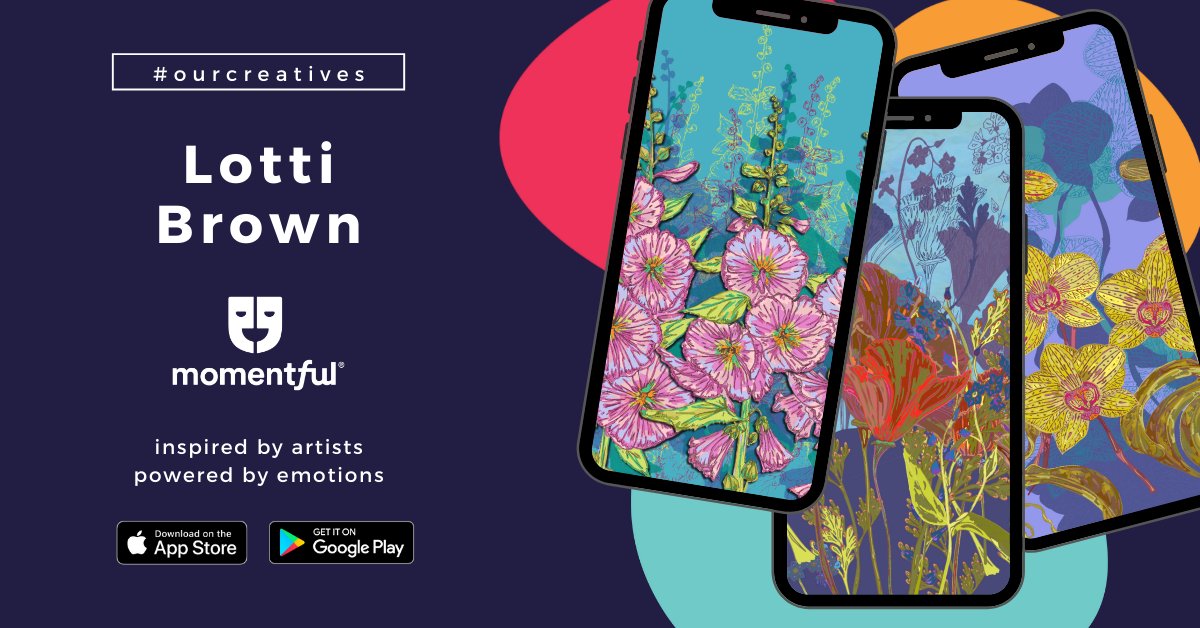*** IMPORTANT - I'm retiring my digital files - SVG/PNG/DXF/EPS - and printables from 31st December 2025 ***
*** Please ensure that you have everything you need - files and/or instructions printed off from the website (find them currently in the ARCHIVES section) - by 31st December 2025 as they will not be available after this date ***

Stockists & Partners
- Home
- Stockists
My earlier artwork and design continue to be available through a number of licensed stockists and print-on-demand platforms.
These include designs created digitally from my original drawings, many of which remain popular today. You can find them through the stockists below...
 Butterfly sweatshirt
Butterfly sweatshirt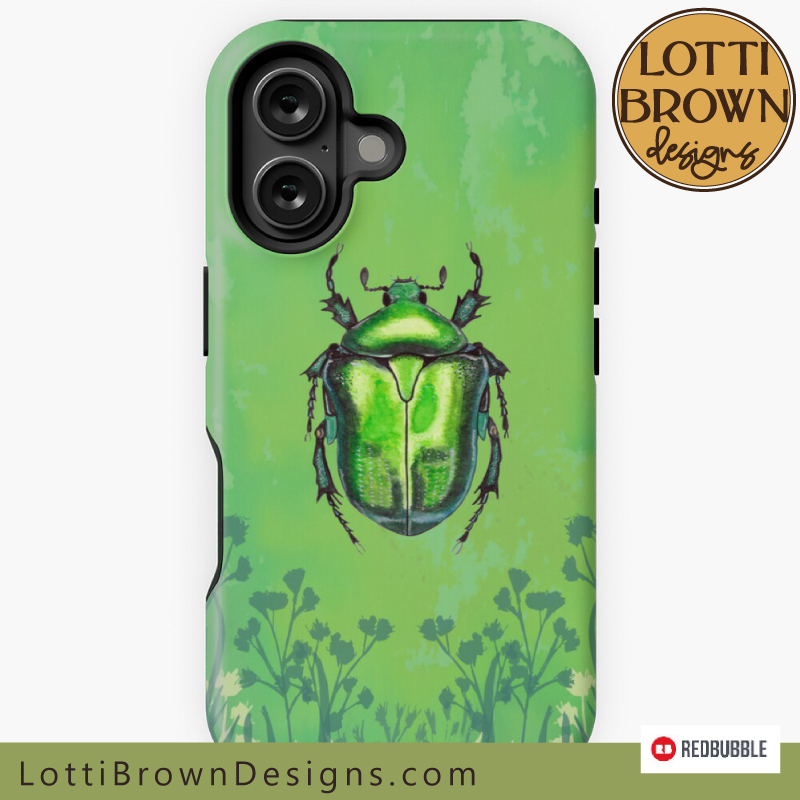 Green beetle phone case
Green beetle phone case Moth throw blanket
Moth throw blanket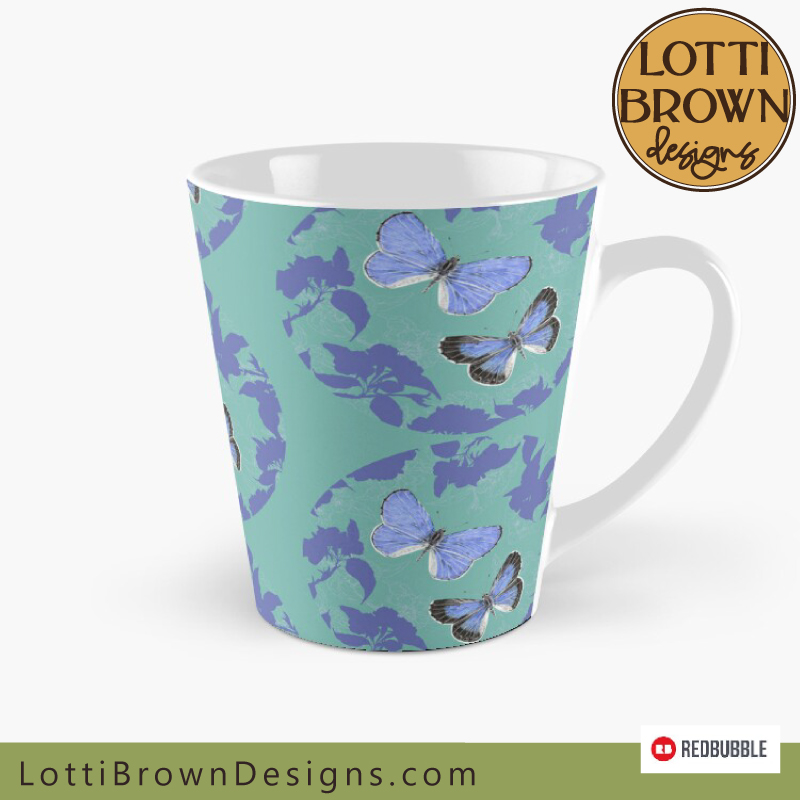 Holly Blue butterflies mug
Holly Blue butterflies mugWhere to Buy
My main stockist for all my earlier art is Redbubble. I chose them as they have a fantastic range of products, from T-shirts and sweatshirts in many different styles, cushions and pillows, bedding, shower curtains, aprons, phone cases, laptop cases, mugs, notebooks, jigsaws, bags, pouches, framed and unframed art prints and posters and more...
They will also deliver all over the world for a reasonable price (printed at the closest printing centre to you) and will also refund any customs charges that you may inadvertently be charged.
Stockists
Redbubble
My main stockist with all of my earlier artworks and designs:
- Best selection of artworks
- Fashion, homewares, art prints, accessories
- Worldwide delivery
Spoonflower
Patterns for fabrics, wallpapers and fabric products with a wide range of fabric types for sewing enthusiasts and different wallpapers including peel and stick wallpapers.
- Custom fabric and wallpaper lengths
- Fat quarters for fabrics
- Small samples available
- International delivery from USA
Take a look at Lotti Browns patterns for fabrics and wallpapers at Spoonflower here...
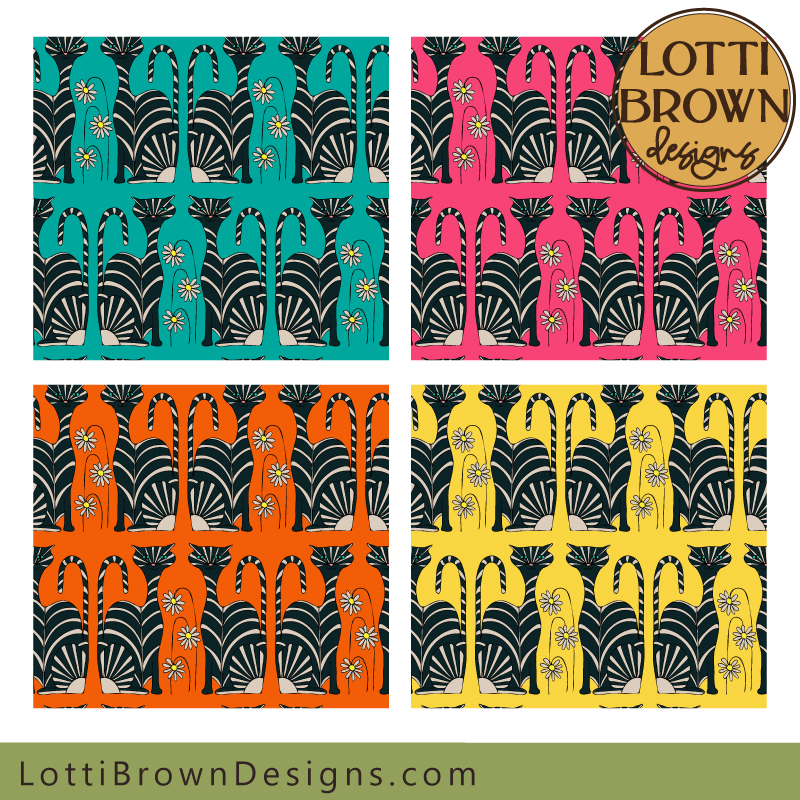 Patterns for fabrics and wallpapers
Patterns for fabrics and wallpapersTeepublic
- Sister site to Redbubble (above)
- Mainly T-shirts
- Worldwide delivery
Contrado
- Homewares including occasional chairs and floor cushions, china plates, decorative plates, tableware and kitchenware...
- Luxury accessories - handbags and real silk scarves
- International delivery available from London, UK
Displate
- Quality metal wall art prints
- International delivery from Europe
Momentful
Send birthday wishes, get well soon, special greetings and e-hugs - my artwork is now available on the Momentful app.
In the app, use the 'search' function to access the 'browse artists' section, then find me by name, Lotti Brown.
Also available at:
- DeinDesign (phone cases and other tech cases) - Germany (limited European delivery)
- Artscase (phonecases for iPhone, Galaxy, Pixel)
- Wovenmonkey (fabrics range) - based in the UK
Explore all my earlier art and designs here... Or my patterns here!
Do you feel inspired to create your own nature art and drawings? Get started with nature journaling here...
Explore my current art collections here!
Shall we stay in touch..?
Each month, I share stories from my own nature journal, new art from my studio, and simple seasonal inspiration to help you feel more connected with the turning year...
Recent Articles
-
December Berries Folklore in Britain - Rosehips, Holly and Haws
Dec 24, 25 04:35 AM
Explore December berries folklore in Britain - rosehips, haws, holly, ivy and sloes - with seasonal nature notes, birdlife, and quiet winter magic. -
Birch Tree Symbolism, Myth, and Folklore
Dec 23, 25 04:19 AM
Explore birch tree symbolism, myth, meaning and folklore as part of my Celtic Tree Calendar art project... -
British Nature Folklore Library: Stories, Seasons & Celtic Tree Wisdom
Dec 01, 25 05:09 AM
Explore British nature folklore, Celtic tree meanings, and seasonal wildlife stories. A growing library of myth, meaning, and hand-drawn inspiration.
Follow me:
Share this page:

